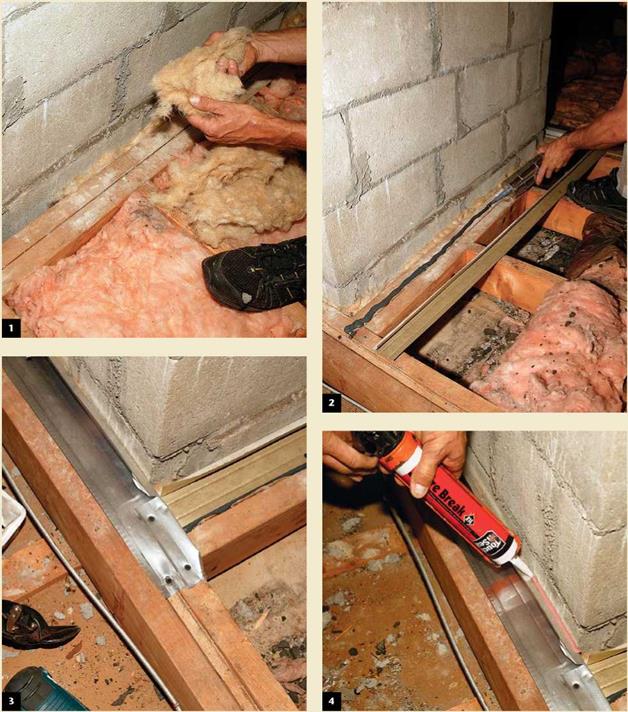Important Considerations for Cutting Rafters
When cutting rafters, you need to consider the following four factors:
1. The length: determined by two factors— distance spanned and slope.
2. The adjustment to the length at the top and bottom. The top and bottom adjustments can depend on a number of factors and are almost always a little different. The two main factors are the distance from the true ridge or framing point, and the connection with other framing members.
3. The angle of cuts at the top, bottom, and the bird’s mouth. The angle cuts relate to the pitch of the roof and the position of the framing member the rafters are attaching to.
4. The height at the bird’s mouth. The height of the bird’s mouth can be set by details on the plans, for bearing, or to keep the roof level at the plate height.
There are many different ways t...
read more






